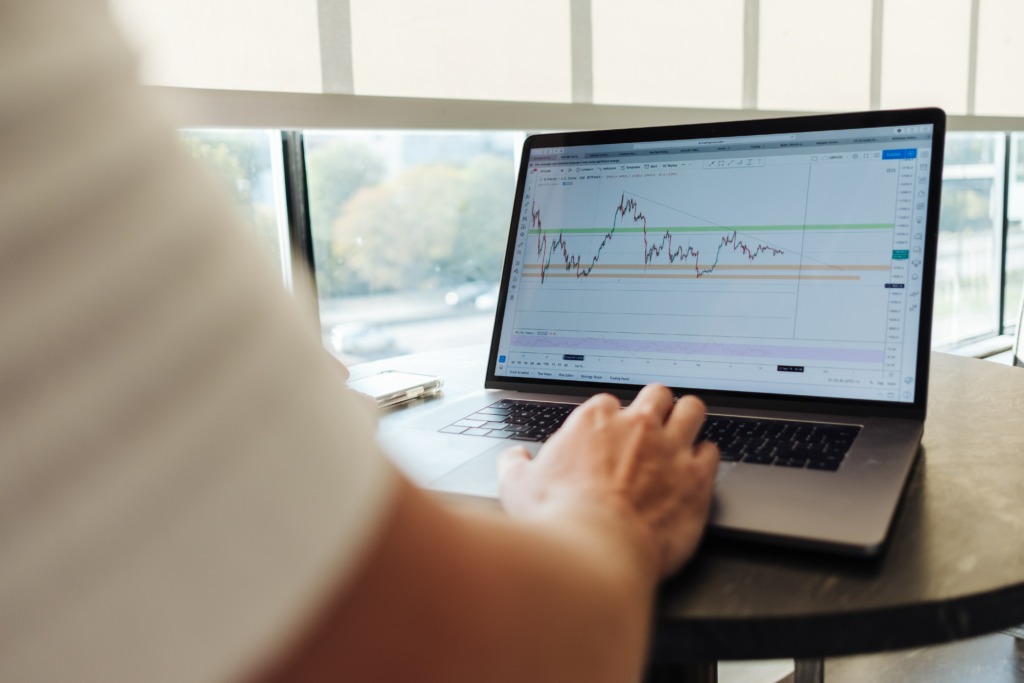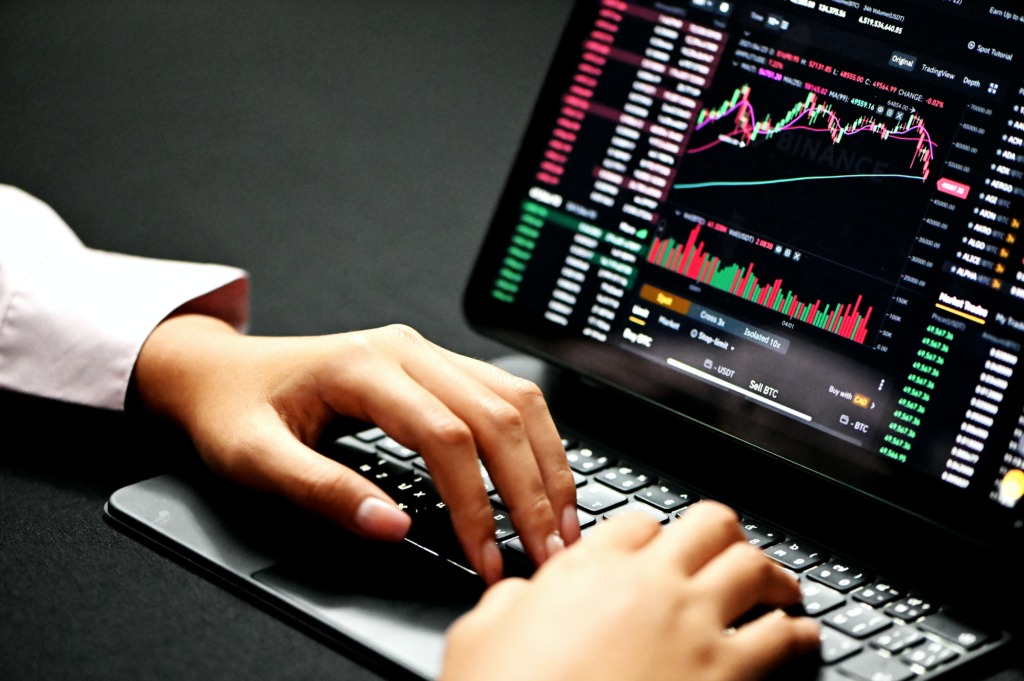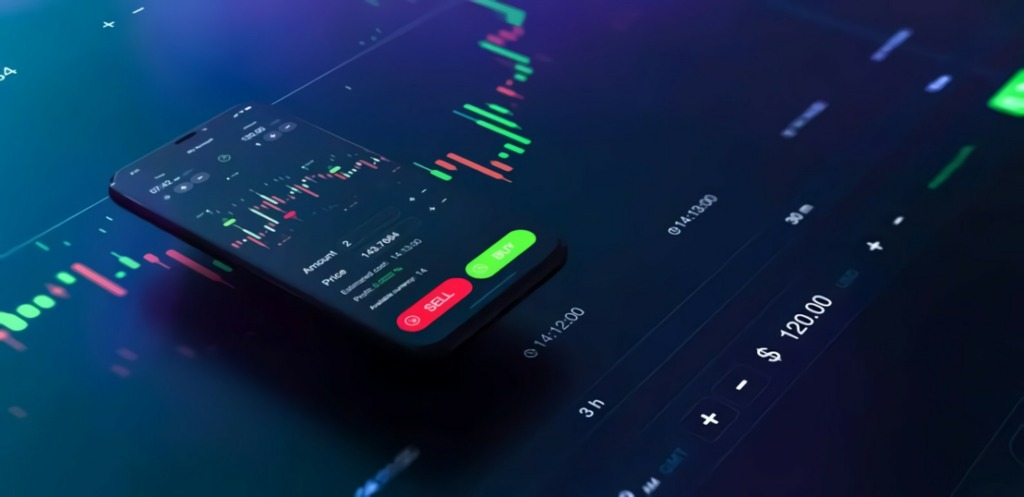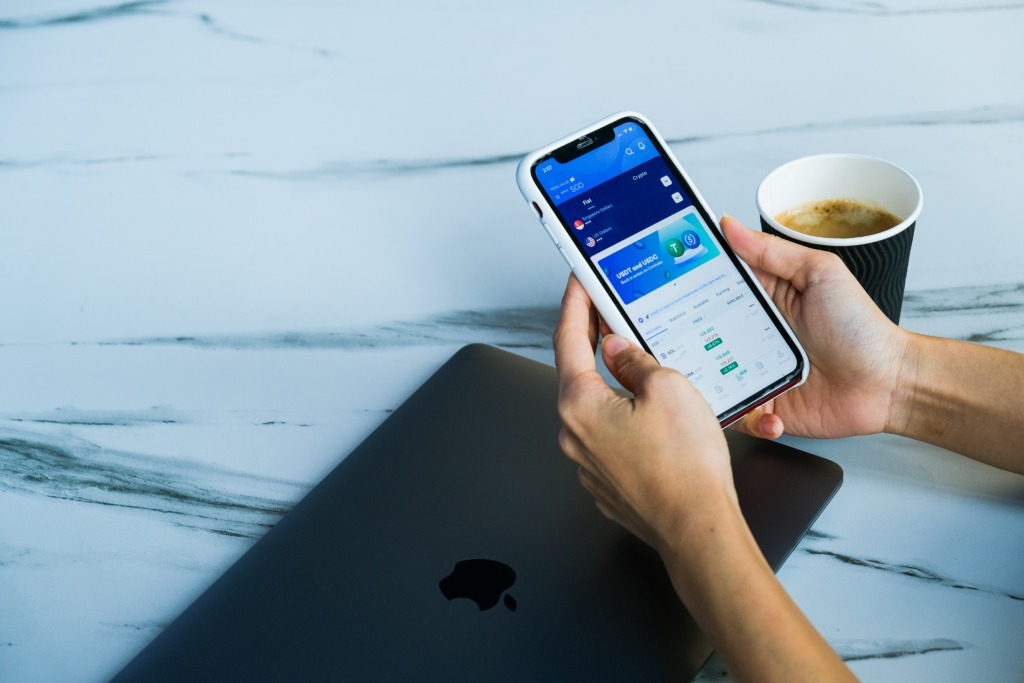It’s forecasted that the algorithmic trading market will reach $31.49 billion by 2028. The Covid-19 pandemic positively impacted automatic trading, as more people looked into new money-making ventures.
Since then, the industry has gone from strength to strength. People enjoy being able to make rapid decisions while reducing human error.

However, as is the case with anything new, you shouldn’t dive right in without having a full understanding. So, with that being said, let’s take a look at some of the essential takeaways for automated trading in this blog post.
What is automated trading?
Automated trading involves using a program to execute trades based on exit and entry conditions you predetermine.
As the trader, you’ll combine technical analysis with your own parameters for your positions, such as guaranteed stops, trailing stops, and orders to open.
From start to finish, your trades will be managed automatically, which means you don’t have to spend as much time monitoring your positions.
Automatic trading means you’ll be able to carry out many trades in a very short amount of time. A further benefit is that you can remove emotion from the process. Many trading mistakes are made when traders allow their emotions to take over, but you don’t need to worry about this with automated trading. This is because your trading rules will already be built in via the parameters you’ve set up.
Essential takeaways for automated trading
To help you fully understand what automated trading is and how it works, we’ll take you through the essential takeaways below:
1. Automated trading executes trades at precise moments
Automated trading has been designed to make sure you get the timing right.
We’re busy people these days, and it’s hard to do everything manually. You could be at work or picking up the children from school, meaning you miss out on a trade. Well, you don’t have to with automated trading.
Of course, automated trading also gets the timing right in terms of ensuring your trade is executed at the right moment, i.e. when all of the conditions are right.
Ultimately, algorithmic trading combines financial markets and computer programming to execute trades at precise moments.
2. You need to have some background knowledge to get started
Many people mistakenly believe automated trading has been designed to help you get rich without needing to do anything yourself. If it were that easy, we’d all be rich, right?
You still have control when partaking in automated trading. After all, you determine what rules to set.
So, what do you need to get started with automated trading?
- Coding capabilities
- Financial market knowledge
- Network access
- Computer access
These are the four essential ingredients you’ll need to get started. It certainly helps to spend some time honing your skills and doing background research if you don’t feel confident yet.
We advise having the following technical requirements to begin algorithm trading:
- Historical data for backtesting, depending on how complex the rules are
- The infrastructure and ability to backtest the system after you have built it but before it goes live
- Market data feed access that the algorithm can monitor so it can place orders
- Network connectivity
- Access to trading platforms so you can place your orders
- Knowledge about computer programming so you can program the required trading strategy – alternatively, you can use pre-made trading software or hire a programmer
And, don’t forget, many great demo trading account options will enable you to test your strategy before you risk real funds.

3. There are a number of trading strategies you can deploy
You can utilize several different trading strategies if you want to capitalize on automated trading. Some of the most common are:
- Index fund rebalancing – As index funds have specified rebalancing periods to bring holdings on par with respective benchmark indices, this presents automated traders with a great opportunity. You can capitalize on expected trades offering 20 to 80 basis points profits, which will depend on how many stocks are within the index fund prior to rebalancing.
- Percentage of Volume (POV) – Until you fully fill the trade order, the algorithm will keep sending partial orders based on a defined participation radio and based on the volume traded in the markets.
- Arbitrage opportunities – Arbitrage means capitalizing on price differences across various markets to make money. If a security, commodity, or currency is priced differently in two different markets, traders will purchase the cheaper version and then sell it at a higher price to make money.
- Time Weighted Average Price (TWAP) – The TWAP trading strategy will break a larger order up, releasing dynamically determined smaller chunks of the order to the market by utilizing time slots (which are divided evenly), between a start and end time.
- Trend-following strategies – Again, as the name suggests, this type of trading strategy simply involves riding the trend, i.e. you purchase when the price is increasing, and then you sell when the price starts to go down.
- Strategies based on mathematical models – There are a number of different proven mathematical models you can use, such as the delta-neutral trading strategy, which enables trading on a combination of options and the underlying security.

4. Emotion is stripped out of trading
One of the reasons why automated trading is so successful is because it takes the emotion out of the equation. One of the biggest issues people have with trading is their struggle to keep emotions in check. This results in us trying to chase losses or holding on longer than we should. The outcome is rarely a good one.
With automated trading, you will have pre-determined rules, which the software will execute automatically on your behalf. Therefore, you never need to worry about emotion getting in the way of your trades again.

5. There are some drawbacks to consider
There are always drawbacks to consider when it comes to automated trading, so you do need to keep these in mind when determining whether or not this is right for you.
- Limited customization – Automated trading systems depend on pre-defined instructions and rules, which can restrict the ability of traders to customize their trades to suit their specific preferences or needs.
- High capital expenses – Developing and implementing algorithmic trading systems can be expensive. Traders may need to pay ongoing fees for data feeds and software.
- Regulation – Automated trading is subject to numerous regulatory requirements, which can be time-consuming and complex to comply with.
- Market impact – Big automated trades can considerably impact market prices, resulting in trade losses when you cannot adjust trades in response to these changes.
- Technology dependence – You’ll depend on technology, including high-speed Internet and computer programs. If there are technical failures or issues, it can cause disruption to your trading efforts, causing losses.
These drawbacks aren’t highlighted to warn you away from automated trading. In fact, it’s quite the opposite! Automated trading presents great opportunities, but you must manage it effectively to ensure the best possible results.
Reduce human error and make rapid trading decisions with automated trading
As you can see, automated trading allows you to make rapid trading decisions so you can react to the market almost instantly. With speed often comes more mistakes, but this is not the case with automated trading, as the machine elements also helps to reduce errors.
FAQ about automated trading
- How do I start automated trading? – You should begin by understanding the market. Diving right in is never a wise idea. Once you’ve honed in on a good strategy, back-test it. Next, select the right platform, go live, and continue to evolve and adapt.
- What platform is the best for automated trading? – There are many automated platforms, and the best one depends on your goals. Oil Profit, for example, is ideal for those wanting to trade oil markets. Other platforms with a good track record include Immediate Edge, NFT Profit, Bitcoin Loophole, and Bitcoin Prime.
- Does automated trading work? – Automated trading can work, but as is the case with anything in this world, there are always risks. Nothing is guaranteed. However, automated trading does have a high success rate because it removes emotion from trading, which is critical.
- Can you lose money with automated trading? – Yes, it’s always possible to lose money when trading, even when trading automatically. Of course, there are some things you can do to put the odds in your corner, for example, effective backtesting and validation methods, as well as implementing risk management techniques.














































Comments